The Great Indian Outage, stretching from New Delhi to Kolkata, comes just a day after 300 million people in northern India lost power for much of Monday.
It is a disaster that’s caused untold damage to India’s economy, its prestige, and its well-being – think of the millions of patients in hospitals, the commuters stuck on trains, and farmers in need of irrigation. Hundreds of miners in the states of West Bengal and Jharkand were trapped underground by the blackout. Some 300 trains were reportedly stalled across the country.
There’s more damage to come, I fear: Forces that have been bridling against environmental regulations and science-based activism will use the Great Outage as a cudgel to demolish future restraints on dam construction, coal mining, and other projects.
India’s humiliating power failure is sure to birth a slogan as reductive and wrong as America’s own “Drill Baby Drill.” Continue reading “India’s Massive Blackout, and the Environmental Danger to Come”

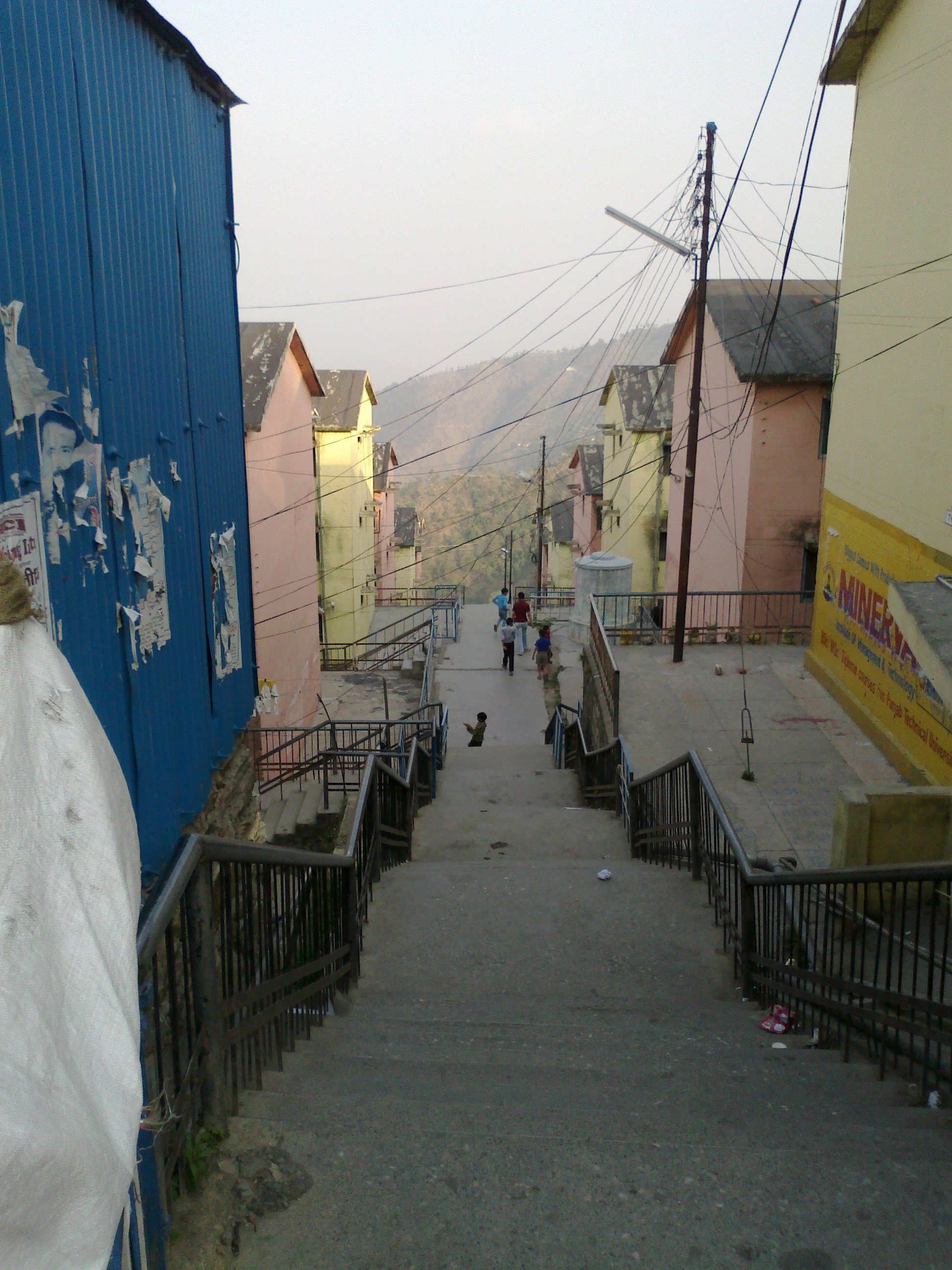
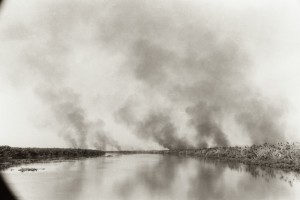

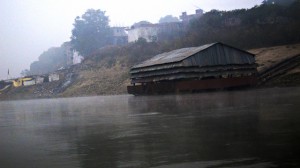

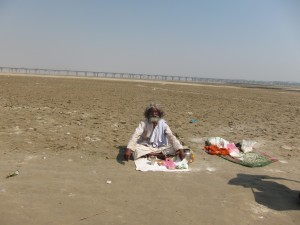
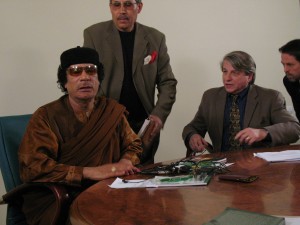

 In my latest piece on the National Geographic website, members of a tiny Indian hill tribe insist their distinct language is no different from that of their neighbors — and the bigger tribe agrees. In reality, the tongues are as different as English and Hindi.
In my latest piece on the National Geographic website, members of a tiny Indian hill tribe insist their distinct language is no different from that of their neighbors — and the bigger tribe agrees. In reality, the tongues are as different as English and Hindi.